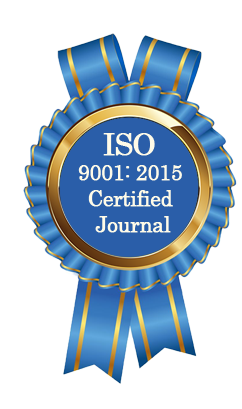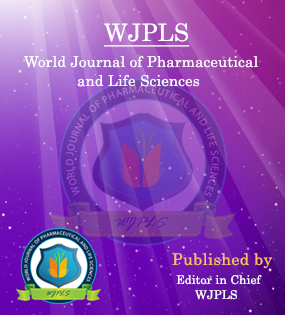Abstract
CORRELATION OF THE FINDINGS OF BIOFIELD BREAST CANCER DIAGNOSTIC SYSTEM (BDS) WITH CLINICOPATHOLOGICAL PARAMETERS OF MAMMARY CARCINOMA IN IRAQ
*Dr. Salam Hasoon Mohammad and Dr. Ruaa A. Salman
ABSTRACT
Background: Breast cancer is the most common malignant tumor and the leading cause of cancer deaths in women worldwide, including Iraq. Early detection of breast cancer has been recommended by the WHO as one of the major tools to control the disease. The Biofield Diagnostic breast cancer System (BDS) has been recently introduced in Iraq. It is a non-invasive device that measures the level of DC voltage skin surface electropotentials associated with suspicious breast lumps. The main objective of its use is to distinguish between benign and malignant breast lesions detected clinically or radiologically. Aim of Study: To determine the utility of BDS in the diagnosis of breast cancer and to correlate the findings of BDS with: The Triple Assessment Test (which comprises clinical parameters, ultrasonography &/or mammography and FNAC) of palpable breast lumps, Clinicopathological parameters including staging, grading and type of breast carcinoma and the Results of Ag NOR cytochemical marker. Patients and Methods: This is a prospective study of 50 cases collected from the Main Training Center for Early Detection of Breast Cancer in the Medical City Teaching Hospital. For each patient a full questionnaire was prepared including all demographic and clinical data. All patients were subjected to the Triple Assessment Test and BDS test. Results: In this study, the BDS findings displayed "Probably Benign" in three cases (6%); "Probably Malignant" in 36 cases (72%) and "Malignant" in eleven cases (22%). The clinical level of suspicion was classified as III in 44 cases for the 50 cases studied (88%) and level II in six cases (12%). The ultrasound level of suspicion was recorded as level III in 38 cases (76%) and level II in eleven cases for the 50 cases studied (22%). The mean age for the "Probably Benign" category was (31 years); for the "Probably Malignant" category was (45.5 years) and for the "Malignant" category was (55.5 years). The fine needle aspiration cytology results showed ductal carcinoma in 49 cases out of 50 cases studied (98%) and lobular carcinoma in only one case. The mean Ag-NOR count was (7.86) for "Probably Benign" category, (8.23) for "Probably Malignant" category and (8.5) for "Malignant" category. Histopathological diagnosis was available for only 24 cases out of the 50 cases of this study (48% of total cases examined). Those findings are comparable to those displayed in another previous report which was carried out within the Main Training Centre for Early Detection of Breast Tumors in the Medical City Teaching Hospital (Qadir 2005). The latter was the only published report from Iraq which dealt with BDS. Our results were compatible as well with those recorded in other studies from USA (Roswell 1998) & (Alpharetta 2004). The sensitivity of the BDS test in our study was superior to the sensitivity of clinical breast examination (94% versus 88%) Breast cancer isthe most common type of malignancy among Iraqi women accounting for about one third of the registered female cancers (according to the results of the latest Iraqi Cancer registry) Traditional approaches to the diagnosis of breast cancer include clinical examination, imaging techniques, fine needle aspiration cytology and histopathological examination of the surgical specimens. The detection of a breast mass in an apparently healthy woman before it is palpable is a technique that saves lives and saves breasts. All women are candidates for screening since all women are at risk for breast cancer development. Conclusions: The BDS could provide additional discriminatory information regarding the malignant nature of the disease process in suspicious breast lesions and could serve as a marker of cellular proliferation. We conclude that The BDS test should be an adjunct tool to CBE and not to compete with the other diagnostic utilities of the breast cancer and BDS should reduce the number of unwanted biopsies in cases where CBE, FNAC and BDS show benign changes.
[Full Text Article] [Download Certificate]WJPLS CITATION 
| All | Since 2020 | |
| Citation | 590 | 424 |
| h-index | 12 | 10 |
| i10-index | 17 | 14 |
INDEXING
NEWS & UPDATION
BEST ARTICLE AWARDS
World Journal of Pharmaceutical and life sciences is giving Best Article Award in every Issue for Best Article and Issue Certificate of Appreciation to the Authors to promote research activity of scholar.
Best Article of current issue
Download Article : Click here





